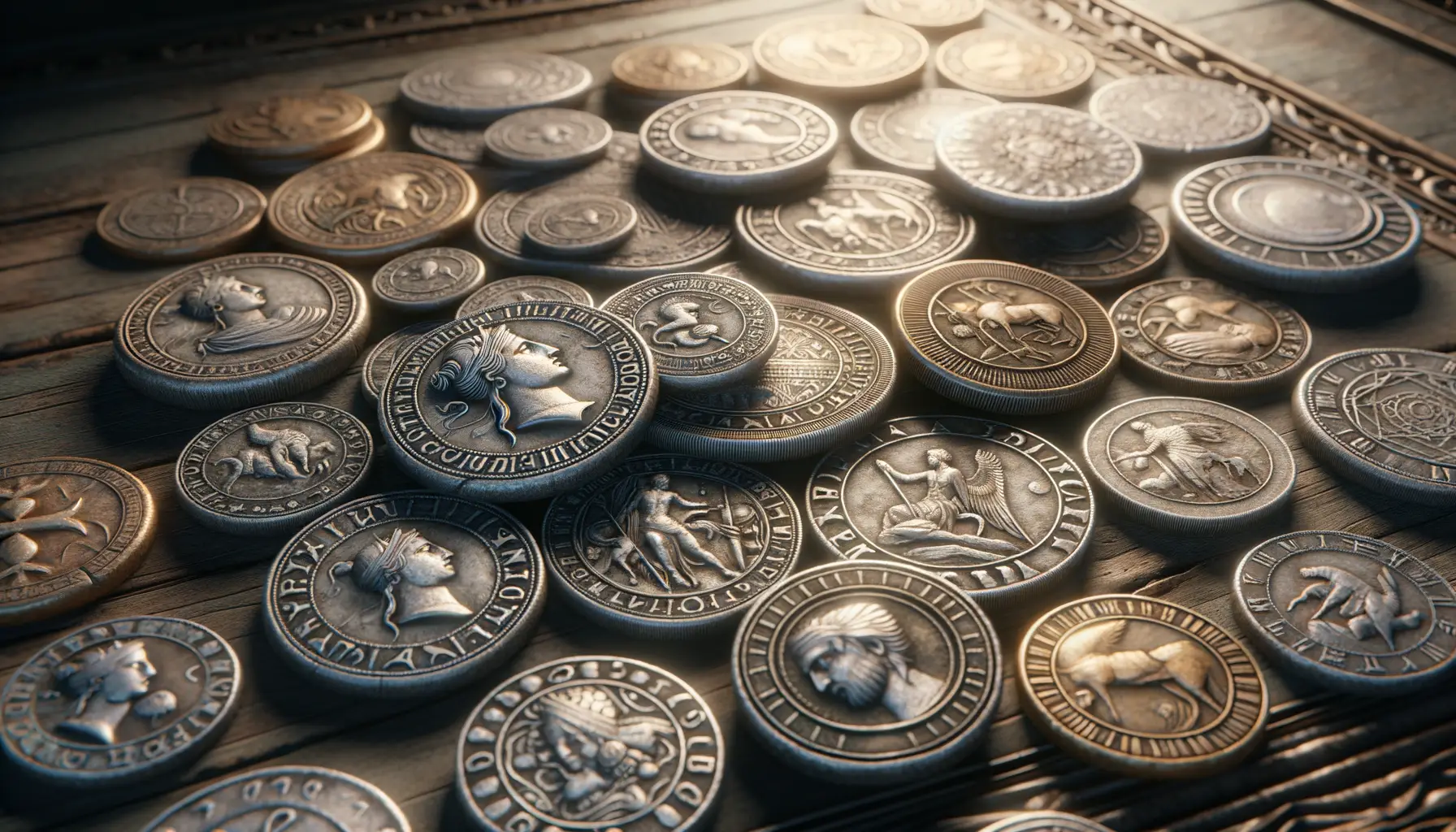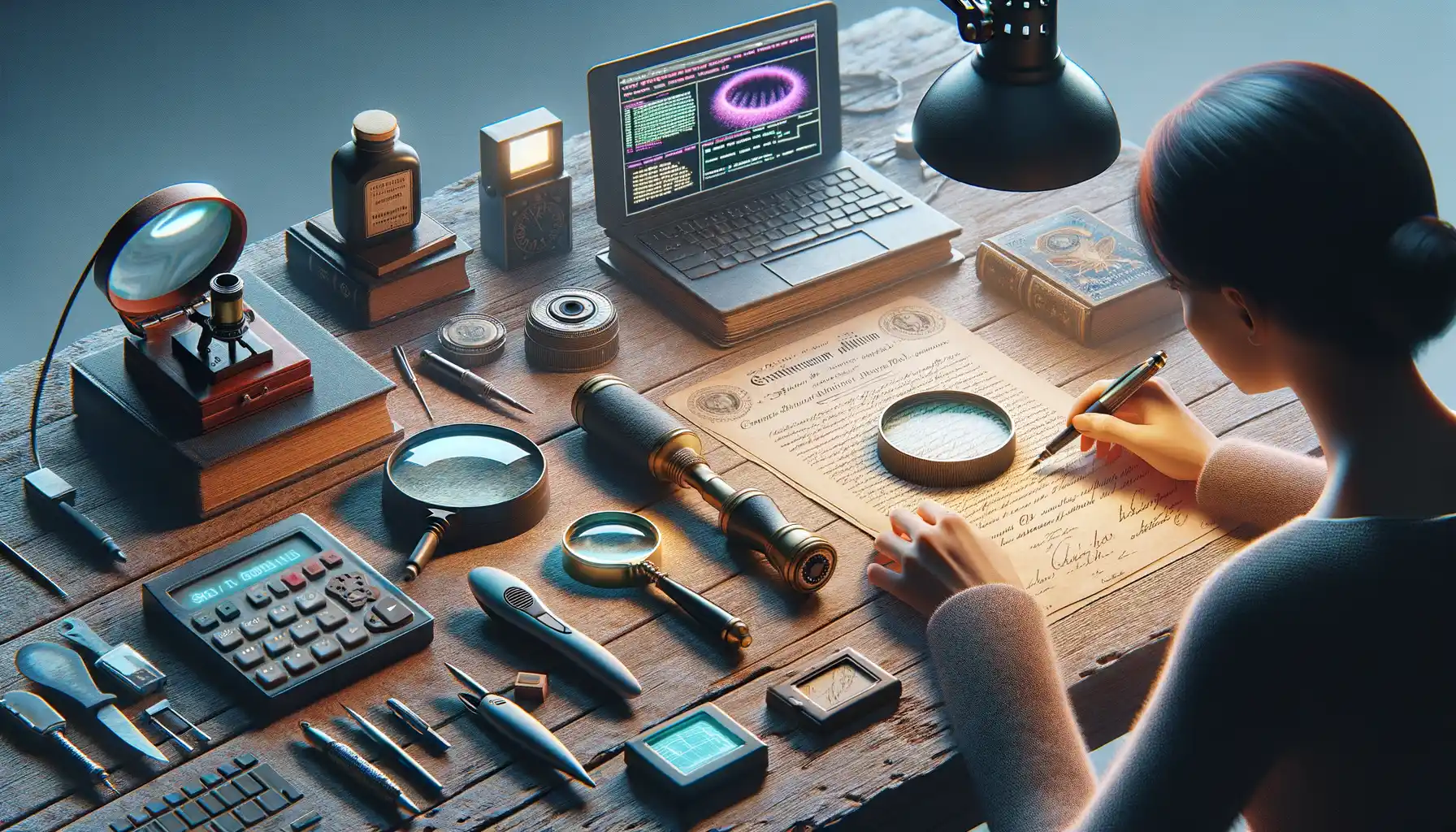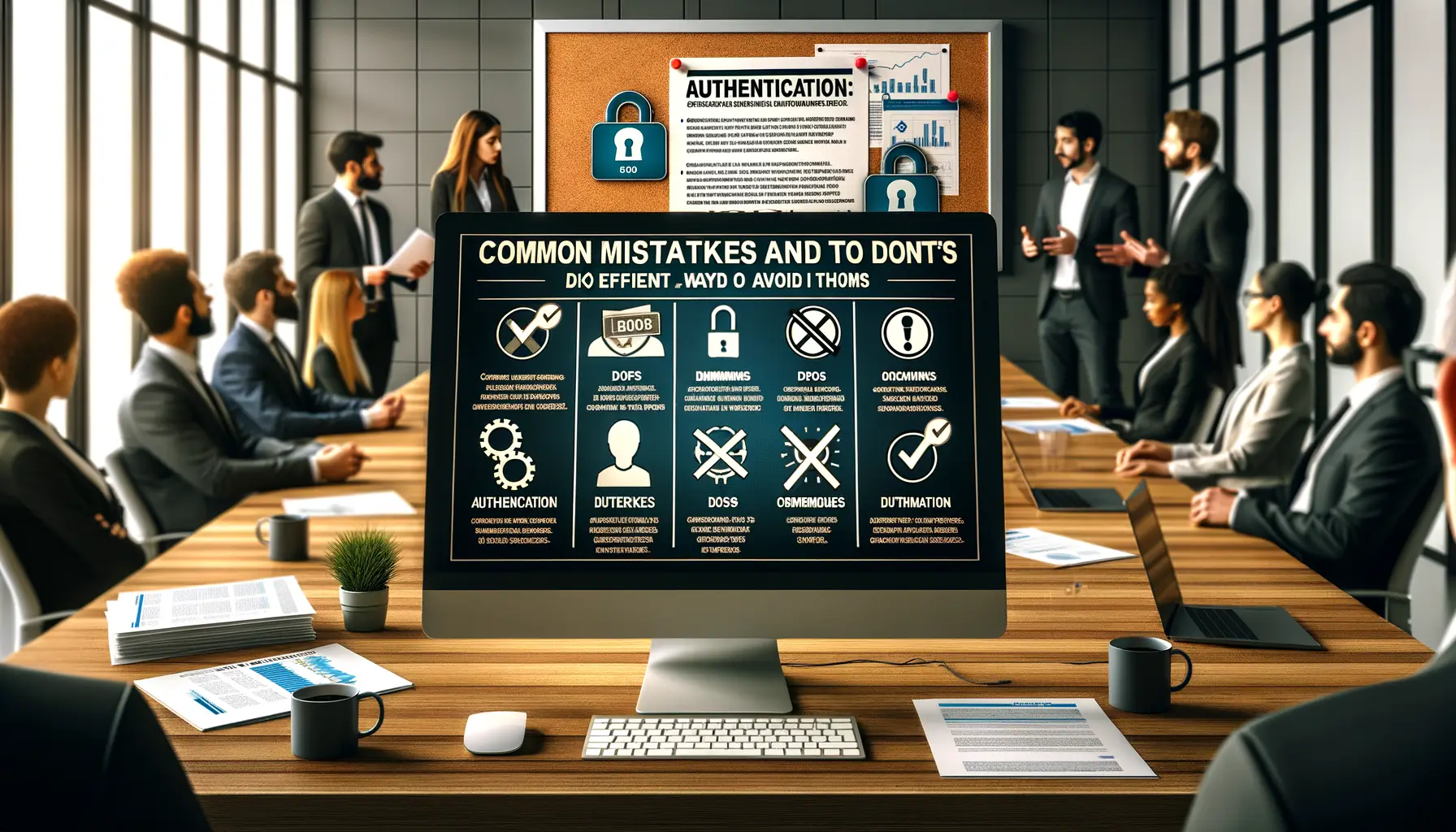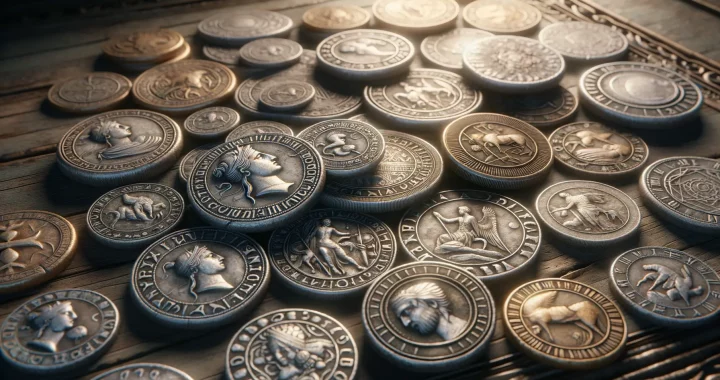Understanding the Basics of Coin Authentication
Diving into the Art of Coin Authentication
Imagine holding an ancient coin in your hand—it’s like gripping a slice of history itself. But before you start daydreaming about its origins, you need to ask: is it the real deal? Understanding the fundamentals of coin authentication is the key to separating treasures from well-crafted fakes.
At its core, authenticating coins is about looking for the story etched into their surface. Each detail—whether it’s a faint mint mark or the weight of the coin—whispers clues about its past. Start with these three essential factors:
- Material Matters: What metal is the coin made of? Ancient coins were often struck from gold, silver, bronze, or copper—modern materials can be a dead giveaway.
- Wear and Tear: Authentic coins age gracefully. Soft edges, natural patina, and even minor scratches tell the tale of centuries gone by.
- Minting Style: Check those details. Ancient coins weren’t flawless; irregularities in shape or design can actually signal authenticity.
Don’t rush! Try to think of authentication like solving a historical puzzle. Coins are small but mighty storytellers, and with patience, you’ll start hearing what they have to say.
Identifying Common Features of Ancient Coins

Unlocking the Secrets of Ancient Coin Designs
Ever held an ancient coin in your palm and felt like you were clutching a piece of history? These coins are more than just metal—they’re miniature time capsules full of stories. To start decoding their secrets, look closely at their designs.
Many ancient coins feature a central motif, often a ruler or deity. For example, the silver tetradrachms of ancient Greece usually display the profile of Alexander the Great, his gaze fierce and eternal. Others, like Roman denarii, proudly showcase emperors such as Julius Caesar, often with inscriptions boldly proclaiming their titles or victories.
Beyond faces, pay attention to the reverse side—it’s a treasure trove of symbolism. Think eagles, laurel wreaths, or mythological scenes. Each detail was chosen deliberately to convey power, faith, or identity.
- Inspect borders for distinctive elements like beaded patterns or raised rims.
- Observe text style—ancient lettering may show wear but has a unique flair, often abbreviations or Latin script.
These subtle features can whisper truths about an era long past. Learning to “read” them is like mastering a forgotten language!
Tools and Techniques for Verifying Authenticity

Precision Instruments You Can’t Do Without
When it comes to authenticating ancient coins, your tools are like the trusted companions of a treasure hunter. Forget guesswork—precision matters here! One must-have is a high-quality loupe or magnifying glass. Look for one with 10x magnification; it’s perfect for exposing tiny details, like the cut of the lettering or surface imperfections that can scream “modern forgery!”
Next on the list is a digital caliper. Coins don’t lie about their size—millimeters matter. Measure diameters to ensure they align with historical minting standards. For weight, grab a jeweler’s scale that measures in precise grams. Authentic coins from antiquity have very specific weight ranges, and yes, even a fraction off can set alarm bells ringing.
And if you’re diving deeper? A UV light can reveal hidden signs of modern cleaning or restoration under certain wavelengths. It’s like shining a flashlight into history’s secrets.
Scientific Techniques That Feel Like Magic
Ready to feel like a CSI detective for ancient artifacts? Many coin collectors champion the use of a XRF analysis machine (X-ray fluorescence). Though pricier, it identifies metal composition without damaging the coin. Picture it—a window into the elemental signature of a 2,000-year-old piece of silver!
For the science-curious, here’s a quick cheat sheet of techniques:
- Magnetic tests: Ancient bronze or silver coins shouldn’t react to magnets—if they do, something’s fishy.
- Die match analysis: Compare your coin to publicly available images of known dies. Ancient mints used handcrafted dies, so matched pairs—or mismatches—tell powerful stories.
Every tool brings you closer to history, sharpening your instincts and turning each coin into an adventure waiting to be unraveled.
Common Mistakes to Avoid in Authentication

Overlooking the Small Details
When it comes to authenticating ancient coins, the devil is truly in the details. Many enthusiasts make the mistake of focusing too much on the “big picture” – a coin’s general appearance or an exciting story tied to it – while ignoring the subtle clues hiding in plain sight. For example, the edges of a coin can reveal so much! Authentic ancient coins often have irregular, hand-struck edges. If the border looks too clean or unnaturally uniform, pause and investigate. Similarly, misplaced letters in inscriptions or oddly modern-looking designs can scream forgery if you know what to look for.
Don’t rush. It’s tempting, especially when holding something that feels like treasure, but remember: haste can blind you to false patinas and artificial wear meant to deceive even seasoned collectors.
Relying Too Heavily on Modern Tools
Yes, high-tech gadgets are fascinating, but they’re not infallible. Many hobbyists lean far too heavily on tools like digital microscopes or apps claiming to validate ancient coins. While helpful, these tools can only complement your skills—never replace them.
Here are some potential pitfalls to watch out for:
- Assuming an acid test proves authenticity. Chemicals can mislead; they don’t confirm age.
- Trusting weight alone—many fakes match the exact gram-perfect specifications!
- Ignoring your gut instincts when a coin just feels “off.” Machines don’t feel intuition, but you do.
Your brain, eyes, and experience? They’re still the ultimate trifecta for spotting fakes.
Seeking Expert Help and Further Resources

When to Call in the Cavalry
Sometimes, no matter how sharp your eye or how advanced your tools are, there’s that nagging uncertainty about an ancient coin’s authenticity. That’s when it’s time to tag in the experts—the real detectives of the numismatic world. A seasoned professional or specialized authentication service can pull off wonders that even the best Google searches and magnifying glasses can’t match.
Why go this route? Because they don’t just look at a coin; they unwrap its story. Experts have access to specialized databases, advanced spectrometers, and decades—sometimes centuries—of shared expertise. They pick up on nuances so small they might as well be whispers only they can hear.
Here’s a quick checklist of places to seek help:
Keep in mind: expert verification isn’t just an expense; it’s peace of mind. In the world of ancient coins, that peace is priceless.
Dig Deeper with Resources
Ready to roll up your sleeves and learn alongside the pros? Dive into resources trusted by numismatists worldwide. Start with foundational books like “Ancient Coin Collecting” by Wayne G. Sayles. For more digital-friendly learners, forums like CoinTalk are buzzing with discussions, while databases like CoinArchives offer a treasure trove of past sales records.
Don’t underestimate the power of networking—join a local coin club or attend an antiquities event. You’ll find people eager to share their knowledge (and perhaps a few insider tips). Remember, every piece of wisdom you gather adds to the joy—and accuracy—of your collecting journey.

